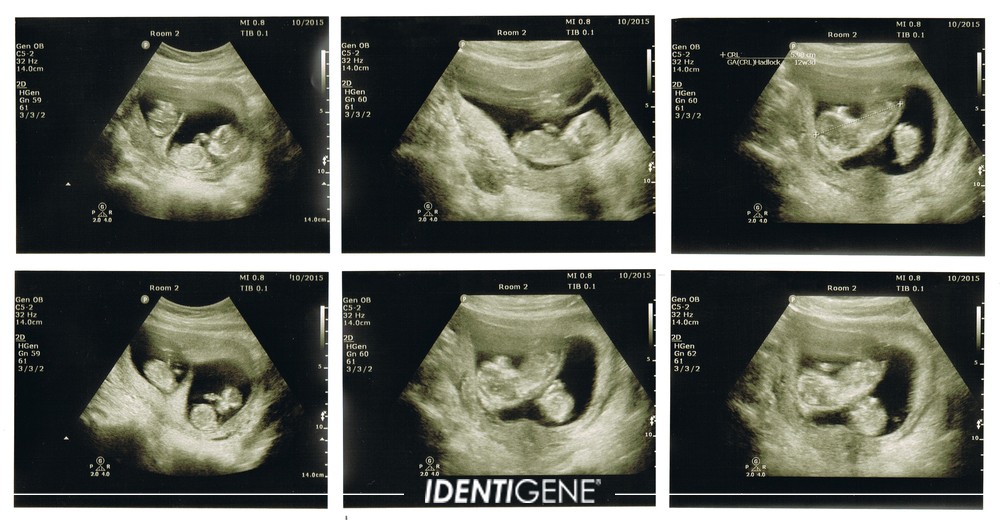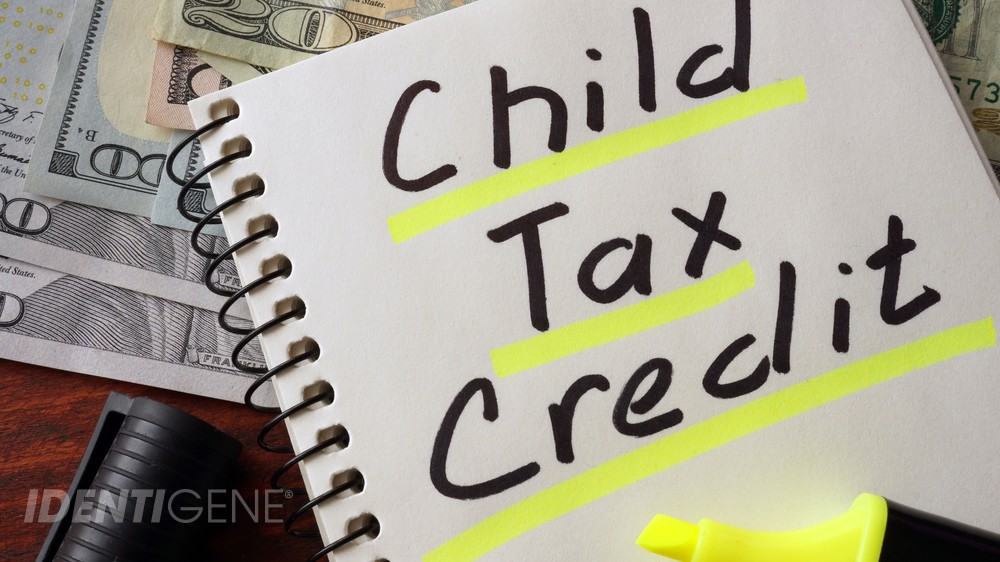It sounds like a far-fetched paternity story you probably read about in high school during the Greek mythology segment of English class: one woman gives birth to twins, each of whom has a different father. Twins with different fathers? YES!
In Greek myth, a mortal woman named Alcmene has fraternal twin sons; one named Iphicles was fathered by a mortal man; Heracles, on the other hand, is the son of none other than Zeus, the supreme god of the Olympians. How did they figure this out back then without a DNA paternity test? Simple: because Heracles (known as Hercules in Roman mythology) was part god, he had extraordinary super-human strength and went on to perform the legendary 12 Labors of Hercules.
But can the phenomenon of twins having different fathers actually happen in “real life?” YES!
Twins with Different Fathers: How it Happens
Heteropaternal superfecundation (HS) is a medical term which, when broken down, basically means different fathers/multiple eggs. It is a phenomenon that can only occur with fraternal twins. So how does this happen? It’s really just a matter of simple biology . . .
IDENTICAL TWINS: ONE EGG
In most instances, a woman ovulates with a single egg per menstrual cycle. A single fertilized egg that happens to split then results in two embryos, or identical twins. Identical twins can only have one father, since the egg is divided after fertilization by a single sperm.
FRATERNAL TWINS: TWO EGGS
An extremely fertile woman (or one who is taking fertility drugs) may release more than one egg per menstrual cycle. She could release the extra egg 5 minutes after the first or perhaps even three to five days after the first. If a woman sleeps with two men within the time period that both eggs are present, it is possible for one of the men to fertilize the first egg, and another man to fertilize the second. The resulting twins therefore grow in the same womb together and are born together, but have different fathers.
How Likely is it to Happen?
Instances of HS are super rare. In fact, there are only about 10 recorded instances in medical literature (Kendall), the first of which was in 1810. In many cases, one twin was white and the other was much darker-skinned, which aroused suspicion (both parents coming from white European backgrounds).The most recent case was a set of twins in Vietnam. In that case, DNA paternity testing made it easy to determine the boys have different fathers.
Will We See More of these Cases?
The most authoritative study on twins with different fathers was done in 1992. Even then, the study’s authors recognized that the growing popularity of fertility drugs could make HS more prevalent. They also suggested that increased promiscuity in society may also contribute to more HS now and in the future. It’s possible, but there’s no data yet to support these theories. Safe to say, however, that with the availability of inexpensive, super-accurate DNA testing after the babies are born, it’s become much easier to determine if twins really do have different dads.Can Prenatal Paternity Testing Help Determine if Twins Have Different Fathers?
No, there is currently no accurate way to determine absolutely if twins have different fathers via prenatal paternity testing. Prenatal testing analyzes free-floating fetal cells from the unborn child, comparing it to a DNA sample from the possible father, making paternity-determination for twins difficult. With twins, it’s best to wait until after the babies are born.The Bottom Line
It’s important to remember that recorded cases of twins with different fathers, though more common than they used to be, remain few and far between, and that a difference in looks is rarely proof that the twins have separate fathers. In fact, fraternal twins don’t share any more DNA than regular brothers and sisters. As parents of multiple children can attest, kids from the same parents may look nothing alike, and therefore, physical traits alone are never a positive determinant of paternity. Only a paternity test can tell for sure if twins (or regular siblings, for that matter) have the same biological father.Get a Paternity Kit
Follow us on Facebook and Twitter! If you have questions about paternity tests or other DNA testing services, please contact our Client Support Center at 888-404-4363, Mon-Fri from 8:30 AM to 5:30 PM Eastern Time. Our friendly, expert representatives are ready and happy to help. Get answers anytime by visiting our Help Center.
Resources
Kendall, Anthony. “Half-Brothers in the Womb.” Damn Interesting. Allan Bellows, 13 Nov. 2006. Web. 18 Mar. 2016. <http://www.damninteresting.com/half-brothers-in-the-womb/>.
Molloy, Mark. “Woman Gives Birth to Twins with Different Fathers in ‘rare’ Case.” The Telegraph. Telegraph Media Group, 8 Mar. 2016. Web. 18 Mar. 2016. <http://www.telegraph.co.uk/news/worldnews/asia/vietnam/12188175/Woman-gives-birth-to-twins-with-different-fathers-in-rare-case.html>.
Sepkowitz, Kent. “This Is Awkward: When Twins Have Two Fathers.” The Daily Beast. Newsweek/Daily Beast, 8 May 2015. Web. 18 Mar. 2016. <http://www.thedailybeast.com/articles/2015/05/08/how-twins-can-have-two-daddies.html>.
“The Labors of Hercules.” Perseus Digital Library. Tufts University, n.d. Web. 18 Mar. 2016. <http://www.perseus.tufts.edu/Herakles/labors.html>.
Wenk, RE, T. Houtz, M. Brooks, and FA Chiafari. “Result Filters.” National Center for Biotechnology Information. U.S. National Library of Medicine, 1992. Web. 18 Mar. 2016. <http://www.ncbi.nlm.nih.gov/pubmed/1488855>.
World Heritage Encyclopedia. “Heteropaternal Superfecundation.” Free EBooks by Project Guttenberg. World Public Library Association, n.d. Web. 18 Mar. 2016. <http://central.gutenberg.org/articles/heteropaternal_superfecundation#Use_in_mythology>.









 How Genetic Traits are Passed On in Families:
Where our Looks Come From
How Genetic Traits are Passed On in Families:
Where our Looks Come From



